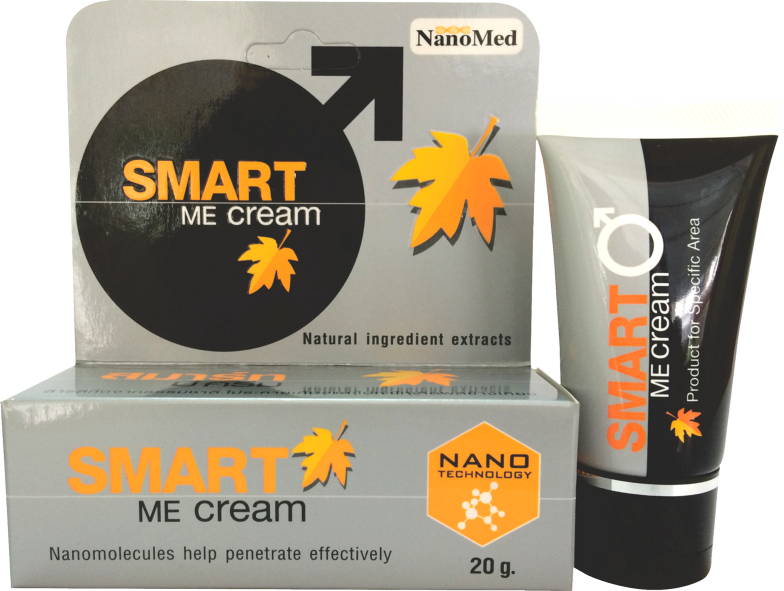Emblic Myrobalan
Emblic Myrobalan
This member of the Euphorbiaceae, Phyllanthus emblica L. (syn. Emblica officinalis Gaertn.) ranges in status from insignificant in the western world to highly prized in tropical Asia. Alternative English names include emblic myrobalan, Malacca tree and Indian gooseberry, though the last term is more frequently applied to the related but dissimilar Otaheite gooseberry, q.v. In Malaya the emblic is called melaka, Asam melaka, or amlaka; in Thailand, it is ma-kham-pom; in Laos, mak-kham-pom; in Cambodia, kam lam or kam lam ko; in southern Vietnam, bong ngot; in North Vietnam, chu me. In the Philippines, it is called nelli.
Description
The tree is a graceful ornamental, normally reaching a height of 60 ft (18 m) and, in rare instances, 100 ft (30 m). Its fairly smooth bark is a pale grayish-brown and peels off in thin flakes like that of the guava. While actually deciduous, shedding its branchlets as well as its leaves, it is seldom entirely bare and is therefore often cited as an evergreen. The miniature, oblong leaves, only 1/8 in (3 mm) wide and 1/2 to 3/4 in (1.25-2 cm) long, distichously disposed on very slender branchlets, give a misleading impression of finely pinnate foliage. Small, inconspicuous, greenish-yellow flowers are borne in compact clusters in the axils of the lower leaves. Usually, male flowers occur at the lower end of a growing branchlet, with the female flowers above them, but occasional trees are dioecious.
The nearly stemless fruit is round or oblate, indented at the base, and smooth, though 6 to 8 pale lines, sometimes faintly evident as ridges, extending from the base to the apex, give it the appearance of being divided into segments or lobes. Light-green at first, the fruit becomes whitish or a dull, greenish-yellow, or, more rarely, brick-red as it matures. It is hard and unyielding to the touch. The skin is thin, translucent and adherent to the very crisp, juicy, concolorous flesh. Tightly embedded in the center of the flesh is a slightly hexagonal stone containing 6 small seeds. Fruits collected in South Florida vary from 1 to 1 1/4 in (2.5-3.2 cm) in diameter but choice types in India approach 2 in (5 cm) in width. Ripe fruits are astringent, extremely acid, and some are distinctly bitter.
Origin and Distribution
The emblic tree is native to tropical southeastern Asia, particularly in central and southern India, Pakistan, Bangladesh, Ceylon, Malaya, southern China and the Mascarene Islands. It is commonly cultivated in home gardens throughout India and grown commercially in Uttar Pradesh. Many trees have been planted in southern Malaya, Singapore, and throughout Malaysia. In India, and to a lesser extent in Malaya, the emblic is important and esteemed, raw as well as preserved, and it is prominent in folk medicine. Fruits from both wild and dooryard trees and from orchards are gathered for home use and for market. In southern Thailand, fruits from wild trees are gathered for marketing. The present invention relates to cosmetic formulations for topical application containing extracts from Phyllanthus emblica and the use of such formulations for the care of the human skin. In particular, the present invention relates to cosmetic formulations for topical application containing extracts from Phyllanthus emblica in addition to known as adjuvants and expedients.
References
Morton, J. 1987. Emblic. p. 213-217. In: Fruits of warm climates. Julia F. Morton, Miami, FL.
Mehmood, Z., I. Ahmad, et al. (1999). Indian medicinal plants: A potential source for anticandidal drugs. Pharmaceutical Biology. July 37(3): 237-242. {a} Department of Agricultural Microbiology, Institute of Agriculture, Aligarh Muslim University, Aligarh, UP, 202002, India
Soontornchainaksaeng, P. and K. Chaiyasut (1999). Cytogenetic investigation of some Euphorbiaceae in Thailand. Cytologia Tokyo. Sept. 64(3): 229-234. {a} Department of Plant Science, Faculty of Science, Mahidol University, Rama VI Rd., Payathai, Bangkok, 10400, Thailand
Ahmad, K. D., S. N. Gilani, et al. (1998). Antiulcerogenic evaluation of aqueous extracts of Cichorium intybus and Phyllanthus emblica in normal and aspirin-treated rats. Pakistan Journal of Scientific and Industrial Research 41(2): 92-96. {a} PCSIR Lab., Jamrud Rd., Peshawar-25120, Pakistan
Dhuley, J. N. and S. R. Naik (1998). Protection by Rhinax in various models of ulceration in rats. Journal of Ethnopharmacology 63(3): 219-225. {a} Pharmacology Toxicology Division, Research Centre, Hindistan Antibiotics Limited, Pimpri, Pune 411 018, India
Premi, B. R., V. Sethi, et al. (1998). Studies on identification of white specks in cured aonla (Emblica officinalis Gaertn.) fruits. Food Chemistry 61(1-2): 9-11. {a} Div. Fruits Hortic. Technol., IARI, New Delhi-110 012, India
Summanen, J., T. Yrjonen, et al. (1998). Influence of densitometer and video-documentation settings in the detection of plant phenolics by TLC. Journal of Planar Chromatography Modern TLC 11(6): 421-427. {a} Pharm. Div., Dep. Pharm., Univ. Helsinki, P.O. Box 56, FIN-00014 Helsinki, Finland
Akhtar, M. A., B. M. H. Rahber, et al. (1997). Antibacterial activity of plant diffusate against Xanthomonas campestris pv. citri. International Journal of Pest Management 43(2): 149-153. {a} Crop Dis. Res. Inst., Natl. Agric. Res. Centre, Park Rd., Islamabad-45500, Pakistan
Cui, Y. C. Y. and D. Zheng (1997). Trial on reproduction of Phyllanthus emblica. Forest Research 10(1): 93-95. Res. Inst. Resource Insects, CAF, Kunming 650216, China
Ihantola, V. A., J. Summanen, et al. (1997). Anti-inflammatory activity of extracts from leaves of Phyllanthus emblica. Planta Medica 63(6): 518-524. {a} Med. Sch., Univ. Tampere, P.O. Box 607, FIN-33101 Tampere, Finland



.jpg)
.jpg)






.png)
.png)
